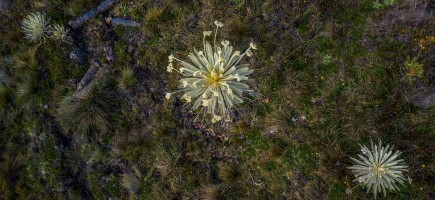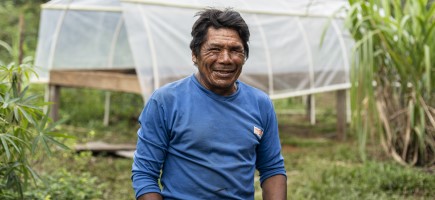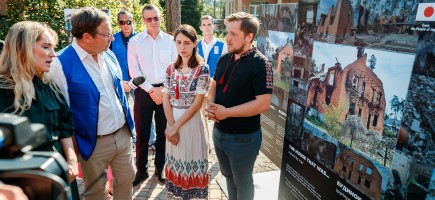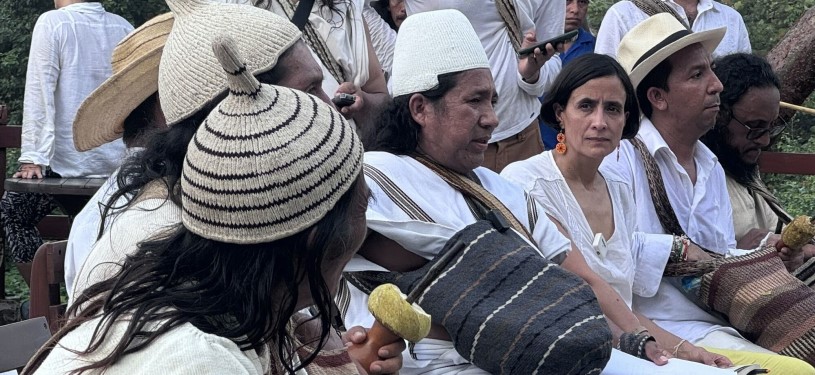
14.10.2024
‘A COP for the people’
COP16 is focused on local participation. GIZ staff member Sara Chavarriaga explains why this is so important and what challenges it creates.
The 16th UN Biodiversity Conference, also known for short as the Biodiversity COP or COP16, is being held in the Colombian city of Cali. From 21 October to 1 November, representatives from more than 190 countries will discuss how to preserve the Earth’s biodiversity. GIZ staff member Sara Chavarriaga is part of the organising team.
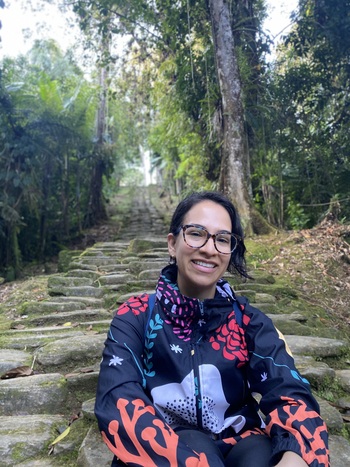
Ms Chavarriaga, what is special about the COP in Cali?
The conference in Colombia will be a COP of the people. In the so-called Green Zone, anyone who wants to can find information, take part in discussions and get involved. The Green Zone in Cali will be larger than at any previous Biodiversity COP – it is a space for participation and mobilisation. We want everyone on the streets to talk about the COP. Not just so that people know why the COP is important, but so that they can help shape it with their opinions, experiences and insights.
And what will that help to achieve?
The Colombian Government wants to involve civil society closely in the COP. That’s why, together with a large number of organisations, it is arranging more than 90 events before the COP. The results of these events will be recorded and taken across to the Blue Zone. That’s where the actual negotiations take place. The two zones are connected by common themes, and there is a shuttle bus between them. This means that delegates can also travel to the Green Zone and get a feeling for the general mood there.
What does that mean in terms of the preparations?
The time leading up to the COP is crucial to its success. That’s because the key issues and debates are already set before the COP. The first events took place as early as May and we got a range of interest groups involved – Indigenous Peoples, trade unions, farmers, women, young people, children, academics and decision-makers, as well as experts on biodiversity and climate change. Everyone should be encouraged to participate. But that creates another challenge, because the issues being discussed at the COP are often very specific. Our task is to make these technically complex issues understandable to someone who sells newspapers on the street. To do this, the communications team developed videos or special tools for the COP16 website, among other things.
The COP is being held in Colombia for the first time. What does the conference mean for the country?
A lot. It means we can showcase our country’s enormous biodiversity to the whole world and explain what we are doing to protect it. Other countries can then benefit from our approaches. We can also ask international organisations to support us in protecting this biodiversity. After all, peace with nature comes from the people.
| GIZ at COP16
GIZ has seconded two staff members from Colombia to the COP16 organising team. Sara Chavarriaga is supporting the communications team, while Juan Sebastián Perdomo is advising on the participation and mobilisation strategy. GIZ has also supported a number of events in the run-up to the COP. |
